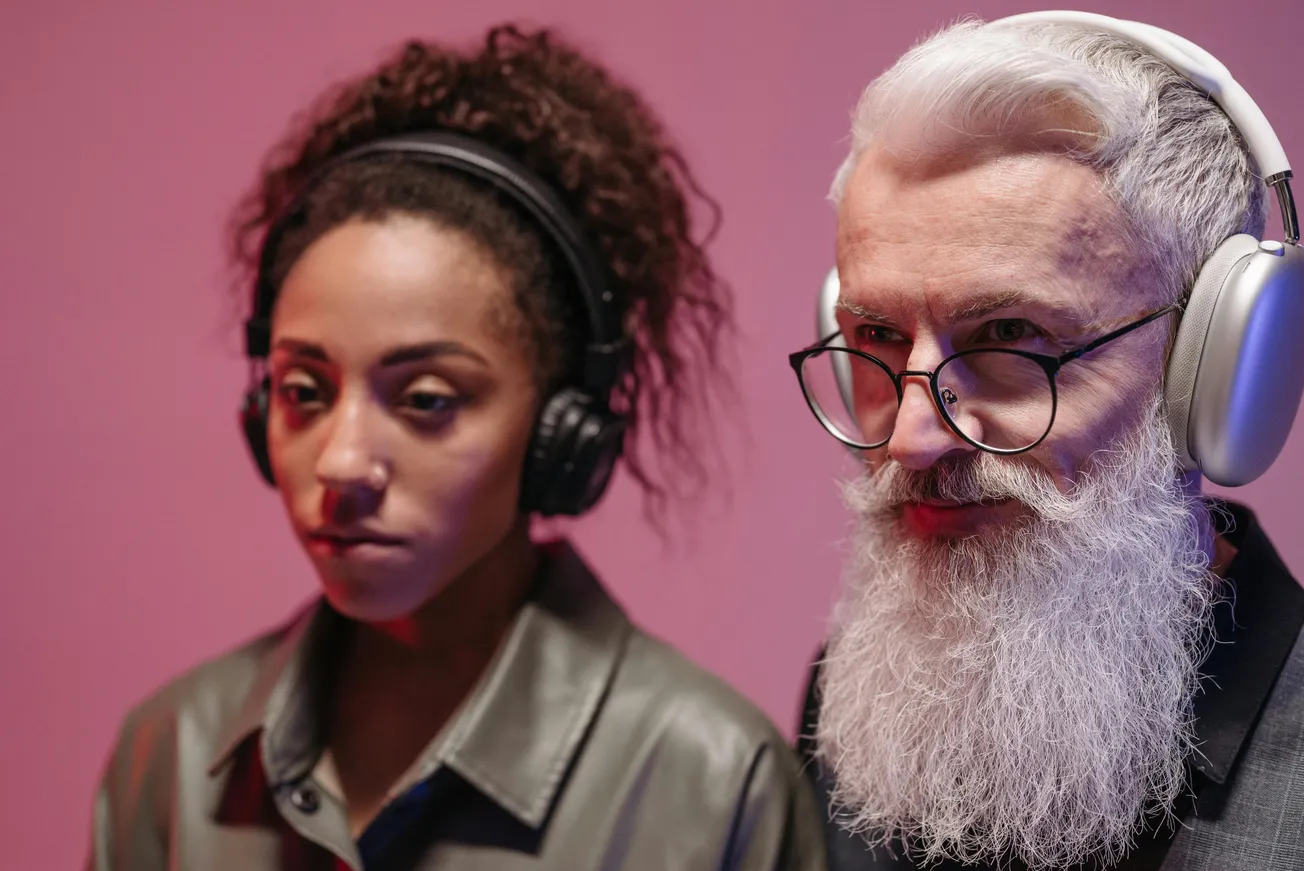On Monday, a major outage at Amazon Web Services (AWS) brought down a large chunk of the internet, including tools, platforms and workflows used by content creators around the world.
While AWS has since restored service, the failure disrupted real-time collaboration, editing environments, cloud storage access and publishing pipelines.
For podcasters, video creators and digital storytellers, it was more than a technical glitch – it was a harsh reminder of how fragile modern creative infrastructure can be.
The root cause: A DNS failure with massive reach
According to Reuters, the issue stemmed from a failure in the DNS system within AWS’s US-EAST-1 region, one of the most widely used data centers. This caused widespread delays and inaccessibility for AWS services — everything from storage (S3) and compute (EC2) to media processing and content delivery (CloudFront).
Apps like Reddit, Snapchat, Venmo, and dozens of productivity platforms were hit. But for content creators, the failure blocked access to editing tools, cloud files, live collaboration features, and even final asset delivery.
5 ways content creators were affected
1. Cloud-based editing and review platforms went dark
Platforms like Descript, Adobe Creative Cloud, Frame.io, and others that use AWS infrastructure were inaccessible or severely delayed. This halted in-progress edits, collaborative reviews and time-sensitive client feedback.
2. Podcast and video publishing was delayed
Many podcast hosting platforms (like Libsyn, Buzzsprout, or Megaphone) rely on AWS servers to distribute episodes. Outages delayed uploads, RSS feed updates and streaming access for listeners.
3. Content creators lost access to their media files
Creators storing raw footage, audio files or backups in AWS (via platforms like Dropbox, Google Drive integrations, or directly through S3 buckets) couldn’t access key assets. This disrupted both production and repurposing.
4. Automated workflows and integrations broke
If you use Zapier, Make (Integromat) or custom automations that rely on AWS-triggered events or APIs, chances are your workflow halted. Scheduled posts, backups or publishing tasks simply failed.
5. Live and remote recording sessions failed
Cloud-based interview and podcast recording tools like Riverside.fm and SquadCast.io also faced slowdowns or outages. That meant lost interviews, rescheduled guests or incomplete sessions.
What creators and teams should do next
Build offline redundancies
Keep local backups of files and consider having lightweight desktop tools that don’t require cloud syncing to function.
Diversify platforms
Avoid relying on a single cloud service provider for every aspect of your creative pipeline. Using different tools for hosting, editing, and backup can minimize disruption.
Use publishing buffers
Schedule content releases a few days ahead to prevent real-time failures from affecting your audience.
Monitor tool status pages
Familiarize yourself with the system status pages of your most-used platforms (e.g., Adobe, Descript, Libsyn). Fast awareness can help you pivot quickly.
Push platforms toward transparency
If your tools don’t publicly share uptime and outage info, request it. Creator tools should be held to the same reliability standards as enterprise software.
Why this isn’t the last disruption
According to The Guardian, the internet is increasingly dependent on a few centralized cloud providers. The result: when one fails, the ripple effects are enormous.
For creators, that means resilience planning must be a part of sustainable production. Whether you're a solo podcaster or a growing content team, this outage is a warning.
Futureproofing your creative process means preparing for cloud interruptions, not just equipment failures.







